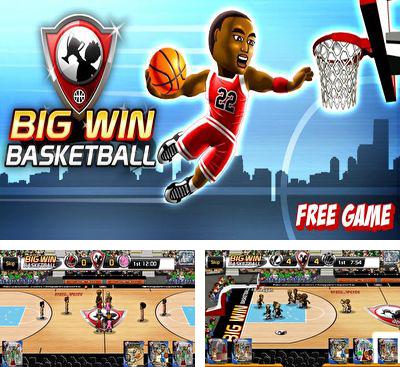How to win 1v1 basketball
The 12 Best Moves and Tips to Dominate
Basketball is a team game that is best to watch when it's played unselfishly by players who are willing to make the extra pass and move the ball instead of forcing a shot of their own.
However, even within the concept of a team offense, there are still many situations which call for players to make 1-on-1 basketball moves to get past their defender.
Even if it works, that does not always lead to a basket for the player who makes the move. It may be just as likely to create a scoring opportunity for an open teammate.
Regardless, any player who wants to be considered dominant must be a threat to put the ball on the floor and make a 1-on-1 move to get past the man defending him.
Why are 1-on-1 Basketball Moves Important?Though basketball is a team game that is played 5-on-5 for a reason, that does not mean that it’s not still imperative for players to practice and perfect 1-on-1 moves to use within the offense.![]()
Penetrating to the middle of any defense is a great way to create scoring opportunities because it forces the defense to help the defender who got beat, and often makes the entire defense collapse.
Forcing the defense into this difficult situation can create anything from an open layup to a mid-range jump shot to a kick-out pass to an open shooter on the perimeter.
Therefore, players need to develop a variety of moves that they can execute in 1-on-1 situations at game speed.
Twelve 1-on-1 Moves to Dominate in BasketballIn this article, we’re focusing primarily on moves that are designed to beat the defender off the dribble from the perimeter.
But no matter where on the floor you are trying to score from, variety is key to becoming a dominant scorer.
Like any part of the game, if you do the same thing over and over again, your opponent will eventually be able to make adjustments.
Below is a list of moves that every player who wants to be a playmaker and beat his defender should practice and aim to perfect in order to play at a high level.
1. CrossoverPerhaps the most commonly known and used move on the basketball court is the crossover dribble.
It’s simple, but deadly when done correctly.
Get your defender going in one direction with a setup dribble or two, hesitate, and then make a quick and low crossover dribble to your other hand once you have your defender off balance.
This could create a pull up jump shot, or an opportunity to keep driving and create a scoring opportunity for yourself or a teammate.
While the crossover is basic, there are also multiple variations that you can use in 1-on-1 situations, such as:
a. The Iverson Crossover
Named for its Hall of Fame innovator, the Iverson Crossover is a variation in which you take a larger, over-emphasized step to set up the move and bring the ball out wider in order to tempt the defender before eventually crossing over.
This is a riskier and flashier option because it can easily end up in a carry or an easy steal, but can be deadly when executed at a high level.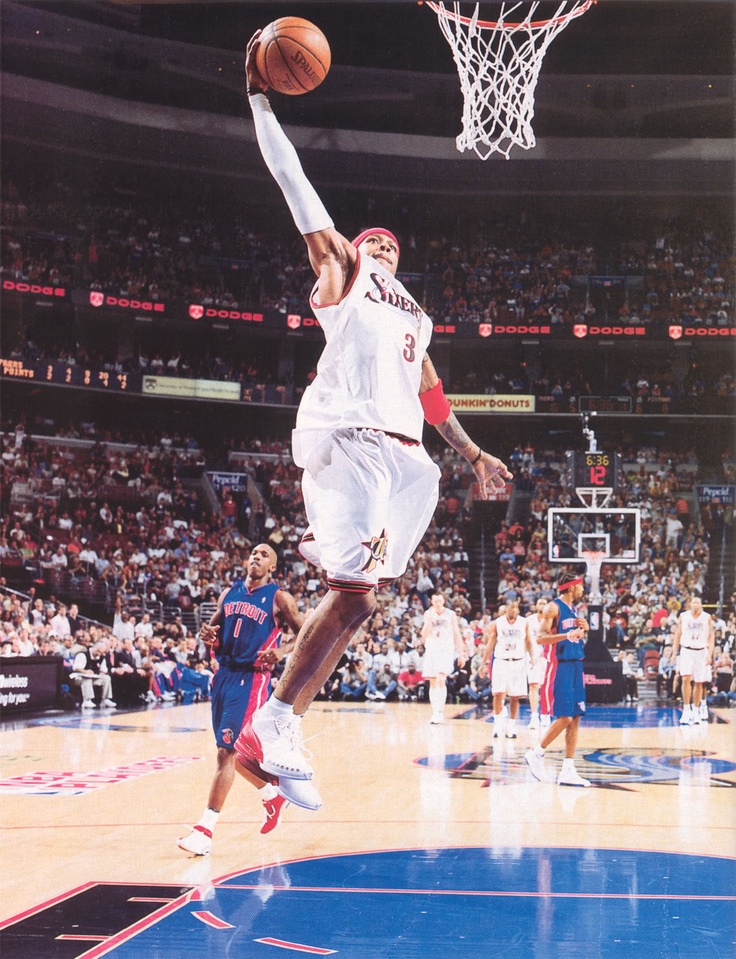
b. Tim Hardaway’s Killer Crossover
Tim Hardaway’s version of the crossover can be just as dangerous, but is much different from Iverson’s.
While the Iverson Crossover focuses on a slow set up and one quick crossover dribble, Tim Hardaway’s Killer Crossover is one quick power dribble between the legs to set up the defender in one direction, and then another quick crossover dribble back the other direction.
This forces the defender to change directions twice in order to stop the move.
2. Between the LegsOnce you’ve perfected your crossover dribble, it’s time to work on changing directions with a dribble between your legs.
Start the move up the exact same way, but instead of dribbling the ball in front of your body, keep one foot forward and dribble the ball between your legs in order to keep it protected from the defender.
3. Behind the BackPerhaps an even more deceptive way to change directions and protect the ball is by making that crossover dribble behind your back.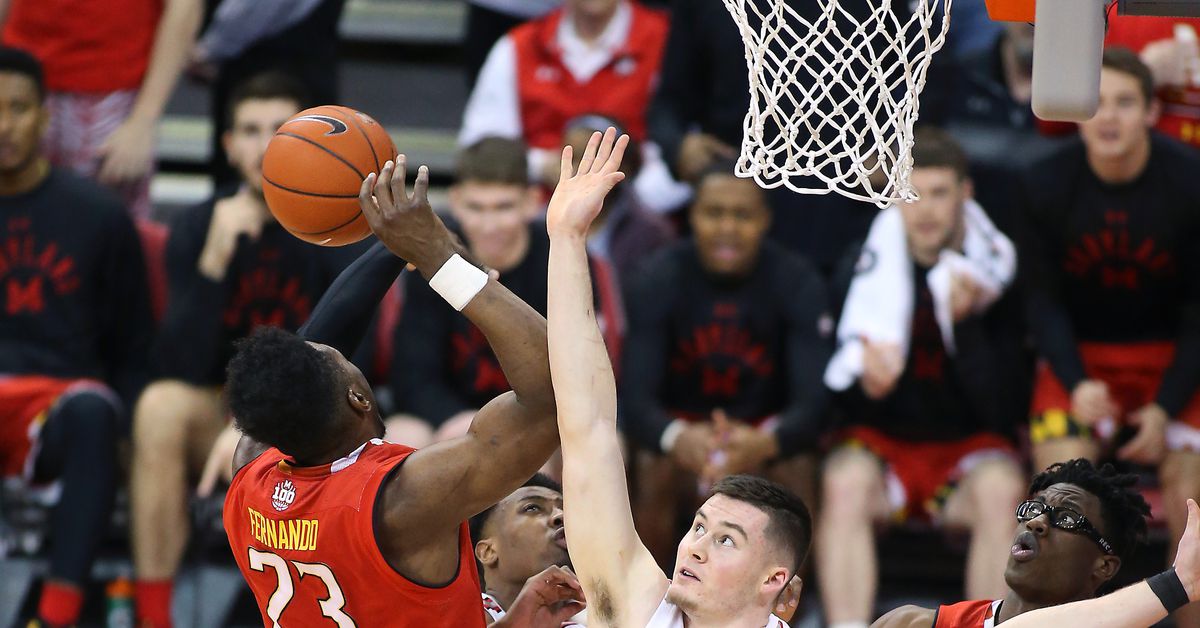
Wrap the ball from one side of your body to the other as quickly as you can to leave your initial defender behind and get to open space.
4. HesitationGetting your defender off balance is one of the easiest ways to beat him off the dribble, and a sudden change of speeds can be a great way to do it.
Just like on the crossover dribble, you want to set your defender up with a power dribble or two in one direction, and then quickly slow down while keeping your dribble alive.
This is the point where you may want to use the crossover (or another move that requires a change of direction) but the hesitation may be enough to beat your defender.
Once he slows down, explode towards the basket with another dribble in the same direction to get to the middle of the defense.
5. In and OutAnother great counter move to the basic crossover is the in-and-out.
After you set up your defender and make your hesitation, fake the crossover by bringing the ball to the center of your body.
Your hand should roll from the outside of the ball, then to the top of the ball, and finally to the inside of the ball.
Then, push the ball back to the outside of your body, and continue to power dribble in the same direction.
6. SpinSet your defender up in one direction with a power dribble or two, plant your inside leg to establish a pivot foot, and then spin back the other direction to get past your defender.
The spin move is a great way to change directions while still using your body to protect the ball. When done under control, it can be a strong, physical move that slices into the defense.
7. Euro StepWhile several of these moves may create multiple different scoring opportunities, the Euro step is most often done with the simple goal of getting a layup for the ball handler.
Get your defender going towards the rim with a dribble or two, take a step in one direction and plant your foot, pick the ball up, and then take another quick step in the opposite direction while bringing the ball up to shoot a layup.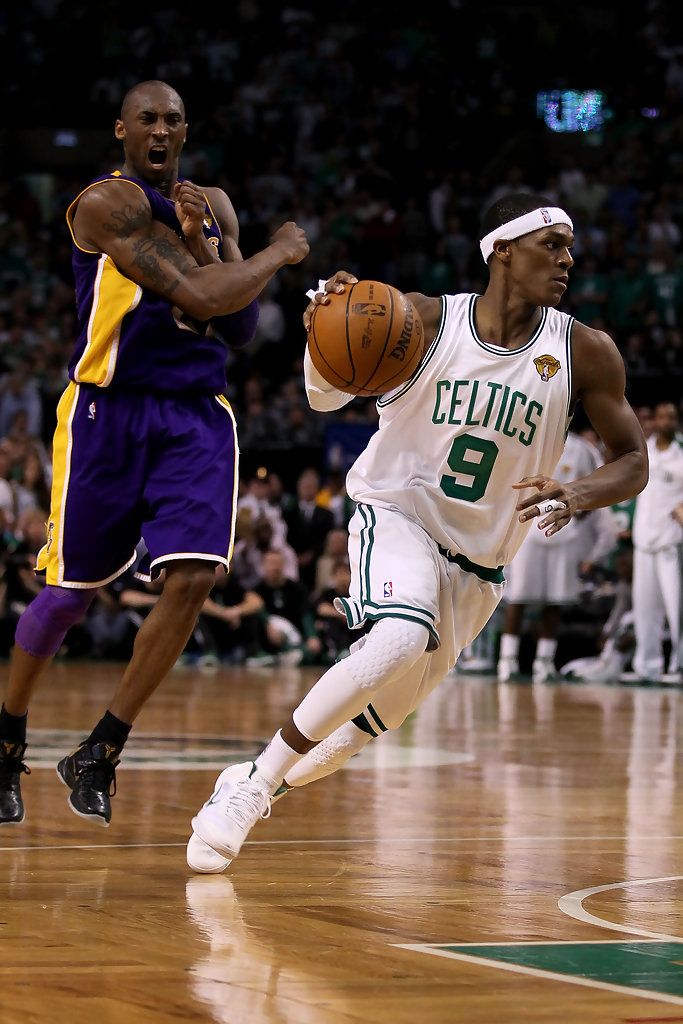
The Euro step can be a difficult move to perfect without traveling, but is very deceptive when done correctly.
8. Jab & GoWhen trying to beat a defender 1-on-1, it helps to know which way your defender thinks you’re going. One great way to find this out is with a simple jab step.
From a stationary position, take a quick fake step with your non-pivot foot. Then make your drive in either direction, depending on how your defender reacts to the jab step.
9. Pump & GoIt may not be the flashiest play on the basketball court, but a simple shot fake can get your defender off his feet and give you all the time you need to get past him.
Catch the ball on the perimeter, bring the ball up above your head to simulate your real shot, and then rip it through to get past your defender once he has jumped to challenge your shot.
10. Step BackWhile most 1-on-1 moves are meant to get by your defender, the step back is used to get away from your defender.
Get your defender going towards the rim with a power dribble or two to sell that you are attacking for a layup, plant your front foot, and take a big step back to land on your back foot.
This should hopefully create an open jump shot, but could also open up another opportunity to drive towards the hoop again if the defender jumps out at you.
Tips to Improve Your 1-on-1 Basketball MovesNow that we’ve established a number of moves that can help you dominate, what is the best way to actually work on perfecting them?
1. Play King of the CourtThe easiest way to work on your 1-on-1 game is by using a breakdown drill that includes a lot of opportunities to face an individual defender.
King of the Court is essentially a continuous 1-on-1 game with make-it-take-it rules.
To get the ball, a player must get a stop - otherwise, a new defender comes in.
This gives players a chance to make moves against multiple defenders of different sizes and skill levels, and also forces them to mix in a variety of moves if they want to keep scoring.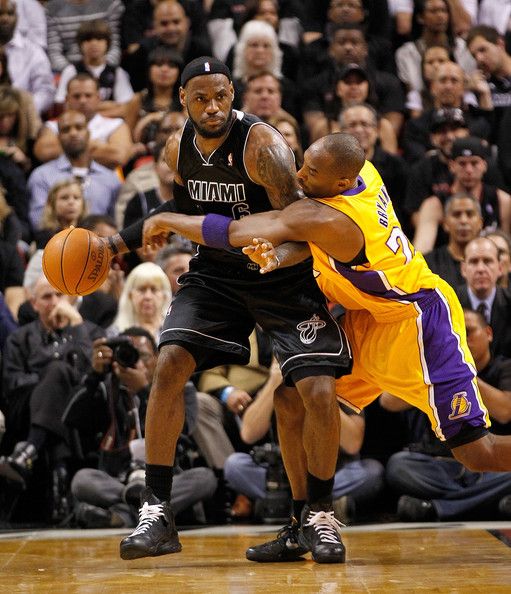
2. Practice a Variety of MovesLike just about anything on the basketball court, 1-on-1 basketball moves will not be as effective if you do the same thing every single time.
No matter how good you are at one individual move, eventually, defenses will be able to make adjustments to stop you.
Whether it is during an individual workout with no defense or a 5-on-5 full speed situation, it is important for players to work on multiple moves to get past their initial defender.
3. Use Your Moves in Live 5-on-5Penetrating into the middle of a defense to create a play is one of the most important skills that a basketball player can have - and it’s also one of the most difficult to do at a high level.
This means that not every player should be going into a live game scenario and trying to embarrass his defender with an Iverson Crossover or a step back jump shot.
Breakdown drills like King of the Court mentioned above are great for working on your 1-on-1 moves, but basketball games are not played 1-on-1.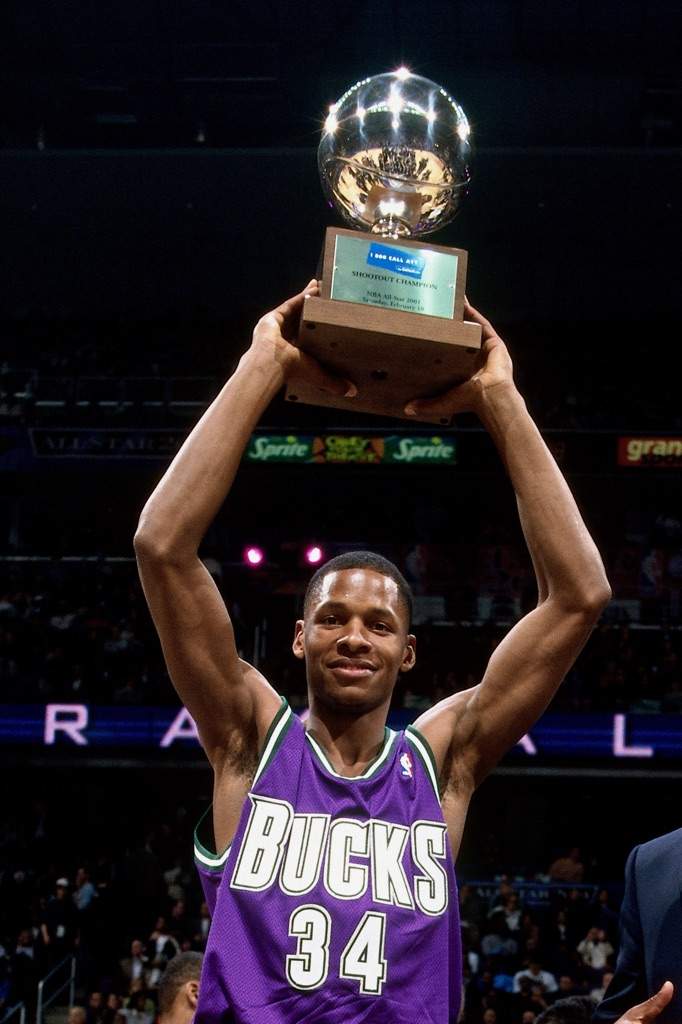
Once you’ve practiced some of those moves in isolated situations, try working them into opportunities in 5-on-5 pickup or practice games as well before you’ll be ready to do them at a full game speed with help defenders.
4. Change SpeedsOne of the keys to beating your defender in a 1-on-1 situation is to get him off balance.
And one of the best ways to do that is to change speeds within your move.
No matter which move you’re using, practice setting up your defender slowly, and then exploding towards the rim.
This sudden change of speed is difficult for defenders to react to, and can create all the space you need to penetrate the defense.
5. Be a Threat to ShootIt is typically easier to beat your defender off the dribble if they are up guarding you closely, and the easiest way to keep your defender from sitting back and anticipating your move is by being a threat to shoot from outside.
If you are capable of knocking down three pointers, defenders will have no choice but to go out to the perimeter and guard you.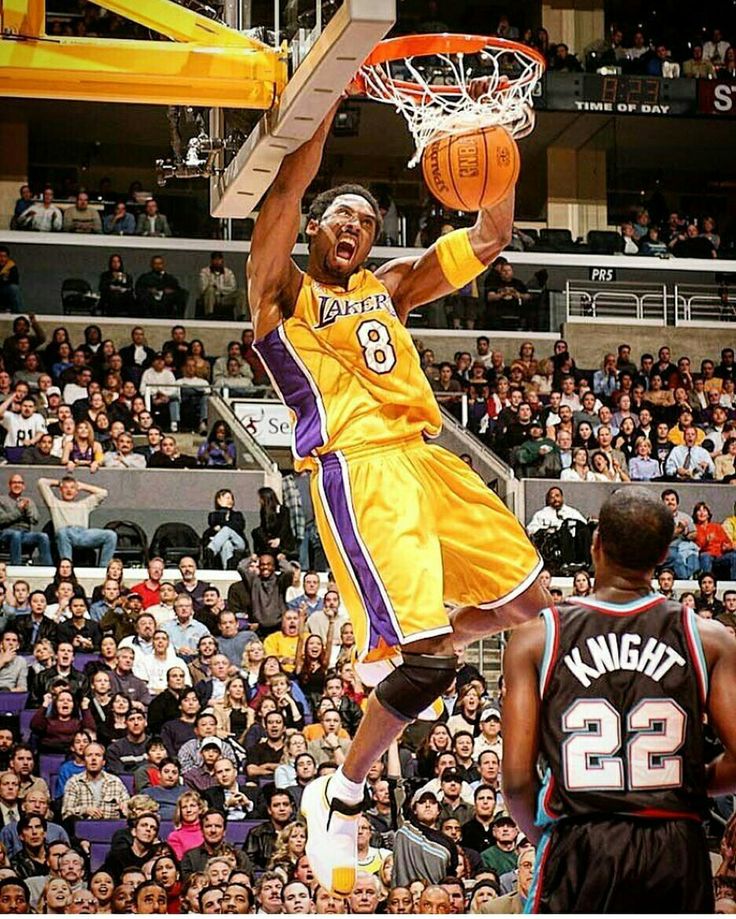
Practicing your shooting on a regular basis will ultimately also make it easier to make plays off the dribble.
6. Play on Two FeetEven if your 1-on-1 move is perfect and you get past your defender into the middle of the defense, it will not matter if you’re unable to make a good decision when you get there.
Especially for younger players, one way to work on making good decisions after a successful drive is to come to stay on two feet as long as you can.
This ensures that you are under control, and also gives you more time so that you do not have to decide whether to shoot, pass, or continue towards the basket while you are in the air.
ConclusionAny great perimeter player needs to be able to use a variety of 1-on-1 basketball moves to beat his defender off the dribble and create scoring opportunities.
However, few players are actually prepared to execute those moves at a high level when it comes time for real game action, which means that not everyone should be trying to make isolated 1-on-1 plays to attack the basket.
Players must first work on those moves in breakdown drills and practices, develop the skills to be a threat to score from multiple spots on the floor, and ultimately make good decisions with the ball in order to be dominant in 1-on-1 situations.
1v1 Basketball – How to improve?
The game of basketball has to be taught progressively. It is absolutely impossible to teach a player to play 1v1 if he does not know how to dribble, stop, and finish. That is why it is said that fundamentals are important – of course, they are – they are the basis for us to be able to teach all the other contents (ball screen, off-ball screen, offensive, and defensive systems …).
However, 1v1 is also a fundamental of the game. A player can’t know how to play a ball screen (2v2 situation) if he does not know how to play 1v1. Putting this in an easier to understand an overview, I leave here a tweet that I wrote:
“In mathematics, a student cannot do equations unless he knows how to multiply.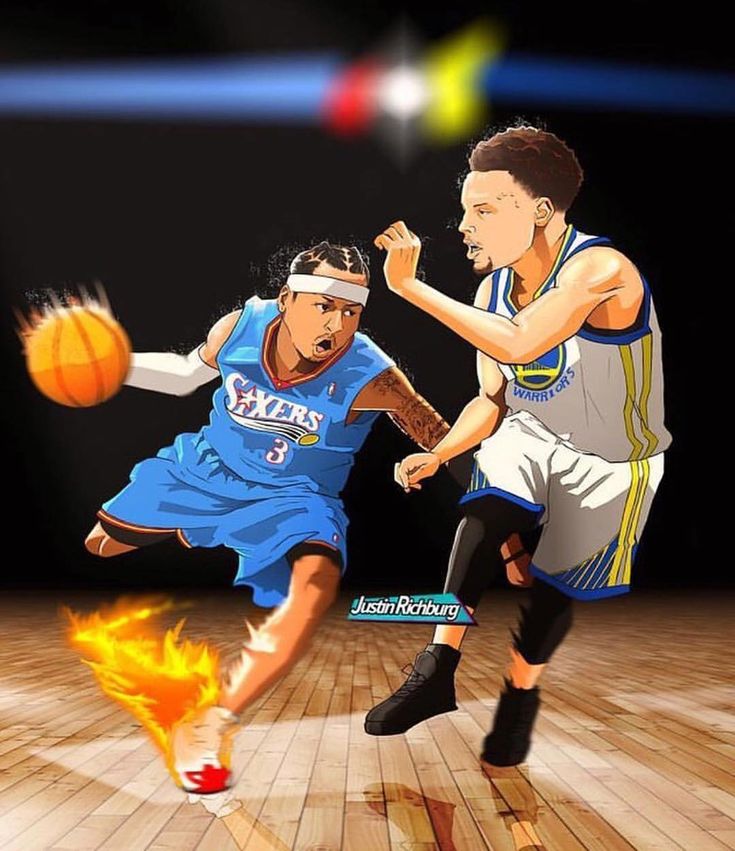 In basketball it is the same, athletes cannot read an indirect block if they do not know how to attack the basket or throw”
In basketball it is the same, athletes cannot read an indirect block if they do not know how to attack the basket or throw”
How to improve on 1v1?There are two types of 1v1 games – Inside and outside. In both, they can start in two ways, after dribbling or after receiving the ball. Knowing how to play both types of 1×1 in both ways (after dribbling and after receiving the ball) makes the player much more complete and much more dangerous for the opposing teams.
But the 1v1 game does not only develop if we regularly do 1v1 drills. First of all, we have to start at the bases, teach the players to attack the basket, that is, first we must give priority to the athletes to attack 1×0, and only after that we must introduce defense.
The teaching of 1v0 should be stimulated regularly, that is, whenever a player knows how to make a certain finish and is already comfortable in that specific way of attacking the basket, we should encourage the athlete. As? Simple, we can maintain the same movement just by introducing more execution speed or even reducing the number of dribbles to the basket.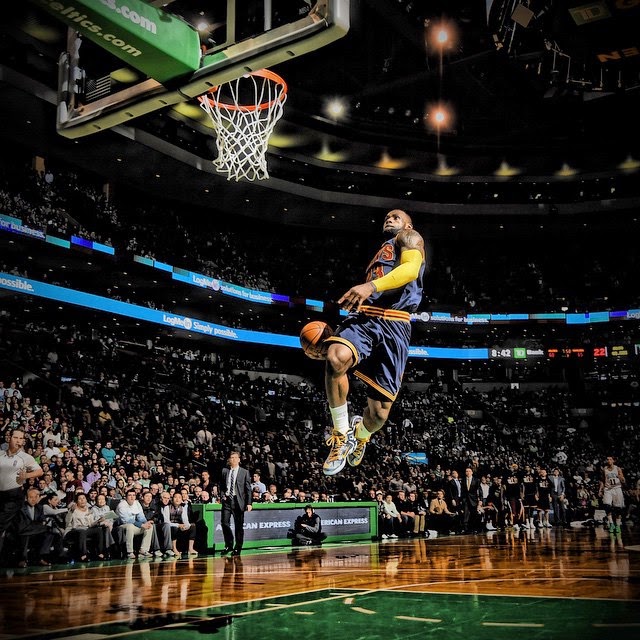
Which drills to develop on 1v0?As explained before, we must work 1v0 first and then 1v1. So I will leave here first some exercises that I use regularly to work 1v0.
Exercise 1: 1v0 Drive & Shoot
The purpose of this exercise is to work the 1v0 outside after receiving the ball.
The exercise begins with two columns. One under the basket and the other in the point guard position with the ball.
The player under the basket opens wide and receives a pass from the guard. The forward player with a ball makes the requested stop and attacks the basket.
In this exercise, I also work on how to pass the ball, although it is not the main focus of the exercise, it is important for the player who will attack the basket to receive the ball in the best possible way at the best possible time.
Rotation: Passer – Driver – Passer
FINISHES:
Jump Stop Drive to Baseline – Layup
Jump Stop Fake Drive to Middle and Cross step to drive to baseline – Floater
Jump Stop Drive to Middle – Reverse Layup with the outside hand
Jump Stop Fake Drive to baseline and Cross step to drive to the middle – Floater
Stride Stop Drive to Baseline – Euro-step
Stride Stop Fake Drive to Baseline and Cross Step to drive to Middle – Euro-step
Stride Stop Drive to the Middle – Reverse Layup with Inside Hand
Stride Stop Fake Drive to Middle and Drive baseline – Reverse Layup under the basket with the outside hand
PASSES:
2-handed chest pass
Chopped Pass with 2 hands
Chest Pass with 1 hand after dribbling
Chopped pass with 1 hand after dribbling
FEEDBACK:
– Attack when receiving the ball
– Receive and point to the basket
– Drive the basket hard (VERTICAL TO THE BASKET)
Exercise 2: Change Directions to Attack
This exercise aims to work 1×0 after dribbling.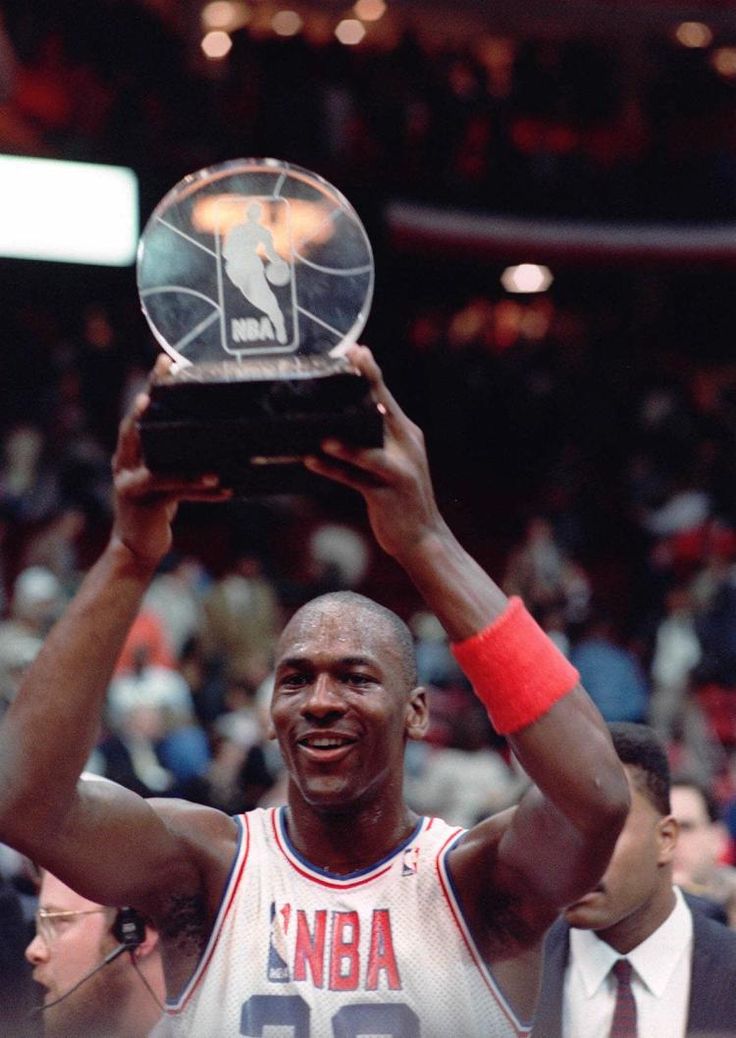 I always ask the players for some creative freedom in this exercise, but they must do it at game speed.
I always ask the players for some creative freedom in this exercise, but they must do it at game speed.
Its dynamics start with two columns arranged as in the figure, in each cone the player makes a change of direction and advances to the next cone, he does not need to go very fast. When you reach the last one, you still make a change of direction and attack at the highest speed. To simulate the crossover to the defender and attack the basket.
Changes:
Crossover
Between Legs
Behind the back
Inversion
Finishing:
When it comes to finishing, players have creative freedom. They must always do so at the highest speed.
Which drills to make to improve on 1v1?These are some exercises that I do to develop 1v0 and work on many fundamentals.
To work 1v1 we have to start from several situations, that is, the defender may be defending in different ways. The defender may be standing still, he may be doing a close-out, and he may be late before the attacker as he may be ahead of the attacker.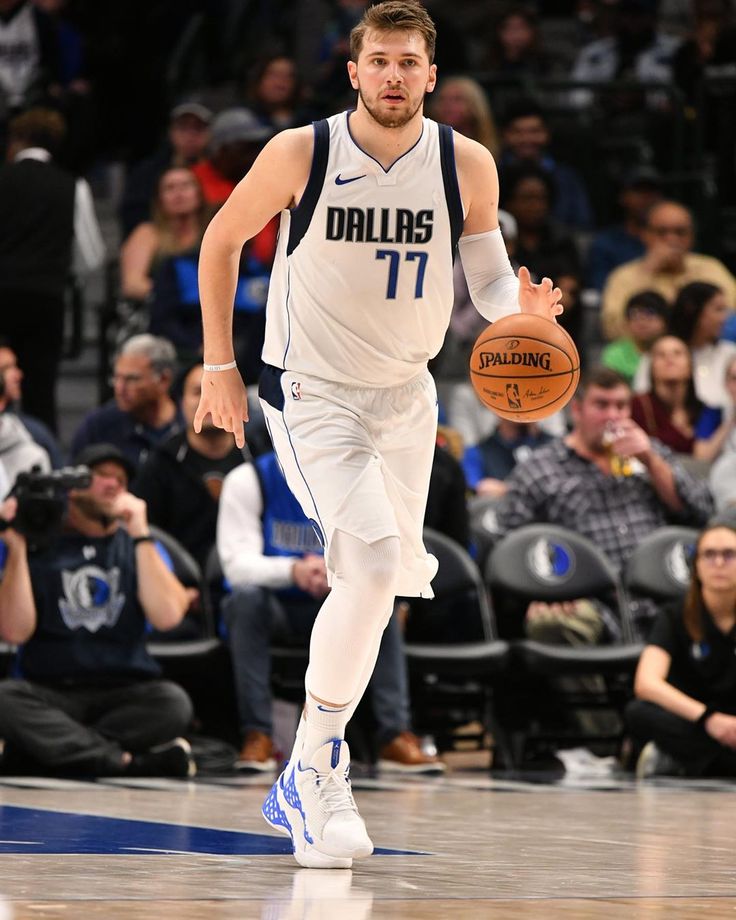 To be the most complete to play 1v1 it is very important to know how to attack each moment.
To be the most complete to play 1v1 it is very important to know how to attack each moment.
When the defender comes in close-out we should always attack the most advanced foot, unless he clearly denies one side. If this happens, we must attack the other side. However, the close-out can be long or short, if it is long we attack the most advanced foot or the clearly empty side, if it is short we must shoot it because it will not be ready to contest the shot.
When the defender is standing in front of us, we must attack him at the maximum speed we can. That way he won’t be ready to follow us, just a feint of the body is enough to leave him behind.
When the defender is behind us, we must go ahead of him to continue to gain the advantage we have.
And now I will leave here the exercises in which I introduce defense. Athletes must always realize who has an advantage at every moment and know how to use that advantage.
Exercise 3: 1v1 offense with the advantage
The exercise starts with two by two with a ball, one player attacking, and another player defending. The player who is defending will touch the cone and try to contest the throw. The player who attacks will finish on the empty side. The exercise only ends when there is a defensive rebound or scored basket.
The player who is defending will touch the cone and try to contest the throw. The player who attacks will finish on the empty side. The exercise only ends when there is a defensive rebound or scored basket.
In a second phase of the exercise, that is, when the players are performing well, we must place limitations on the number of dribbles (Graph 1)
In the second graph the player with the ball starts from the back, rolls forward and the defender makes the decision to choose the cone (only when the attacking player spins forward). (Graph 2)
A third variant will be the player with the ball starts dribbling and as soon as the defender wants to decide which cone to touch, the attacker must quickly change direction or not (depending on which side the defender touches) to finish.
A fourth variant, will be face to face in midfield, come slowly (back defense, forward attacker) to the three-point line and the defender chooses one side and the attacker, attacks empty side. (Graph 3)
(Graph 3)
A final variant will be to extend the cones until the free-throw line extends and intersects with the three points. The defender chooses aside and goes around the cone, the attacker attacks the empty side. (Graph 4)
Exercise 4: Attack the Close-out
The purpose of the exercise is to improve the decision-making of the attacking player. In the beginning, it is important to limit what type of close-out it is – long or short. For the player who attacks, it is important to check whether he attacks the most advanced foot or the clearly empty space left by the defender.
The dynamics of the exercise begin with 3 columns two in the corners and one in the middle. The column in the corner goes to the middle and the middle goes to the other corner. Whoever made the first pass will defend the other corner.
It is important to change the attack positions so that the attacking player can attack different spaces on the field.
Exercise 5: 1v1 – 6 seconds to finish
The exercise begins with 2 columns, in the extension of the 3 seconds area, one with a ball and another column without a ball. The Player of the column with the ball goes to dribble up to 1 meter of the line of 3 points and delivers the ball to the player without the ball. From the delivery of the 1v1 ball. A player who attacks has 6 seconds to finish, there is no limit to dribbling.
The Player of the column with the ball goes to dribble up to 1 meter of the line of 3 points and delivers the ball to the player without the ball. From the delivery of the 1v1 ball. A player who attacks has 6 seconds to finish, there is no limit to dribbling.
It ends only when there is a converted basket or ball recovered from the defense. If there is an offensive rebound, the attack has only 3 seconds to launch, and so on.
Variants:
Change the position of the ball delivery
Ready to become a deadly weapon on 1v1?To actually become or turn your athletes into deadly weapons in 1v1 it takes a lot of training and a lot of competition. Players need to play 1v1 with athletes equal to or better than them so that they are always at a point of constant development.
A very important note so that there is indeed enough competition in a 1v1 is necessary at some point to improve the defensive capacity to create difficulties in the attack. It works like a balance, if we are constantly training the offense, there will be a point where the defense will have a lot of difficulties stopping the offense and this is where we have to work the defense, otherwise the attack will never have struggle and there will be no a continuous evolution, it will simply stagnate.
An original way to beat a defender in basketball
Hello, dear visitors of basketball-training.org.ua (how long have I not written this phrase…). A few days ago, while playing basketball on one of the courts in Kharkov, I ran into a player who, when beating, used one very interesting trick that I myself like to use (but which had not yet been used against me until now).
It was then that I realized how effective this method can be, especially if it is performed by a player who is not as slow as me. Yes, I'm really far from the fastest player, so most of my "feints", if you can call them that, are based on using the opponent's speed against him (and a little physics, which you can still come in handy even on the basketball court).
So, today we're going to talk about the defender's supporting leg, the leg where the weight is transferred, and which we will use for our own purposes. Let's get started.
3 elements to beat successfully
First, you must get the ball in position from which you can attack the ring.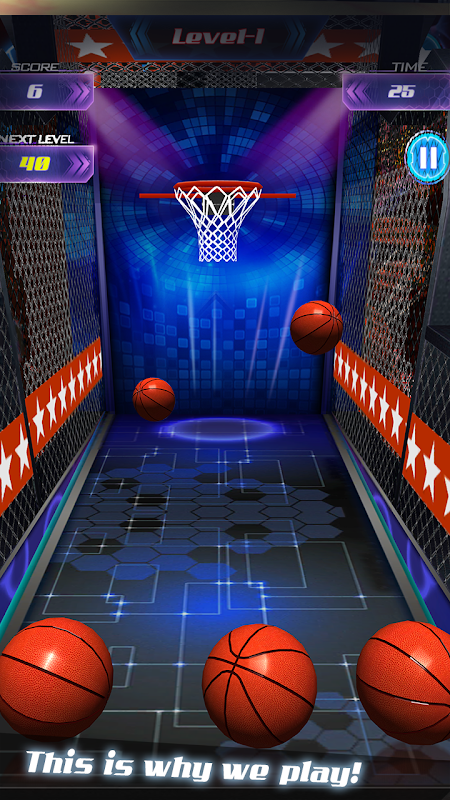 Well, or your defender must think that you can do it. Everything is trite, but nevertheless, over and over again I come across the fact that the majority are either just too lazy to spend their energy on getting rid of guardianship and they ask for the ball a couple of meters from the three-point line, from where it is very problematic to threaten the ring. Or they just don't know how to open up.
Well, or your defender must think that you can do it. Everything is trite, but nevertheless, over and over again I come across the fact that the majority are either just too lazy to spend their energy on getting rid of guardianship and they ask for the ball a couple of meters from the three-point line, from where it is very problematic to threaten the ring. Or they just don't know how to open up.
Topic article: 3 easy ways to get the ball in basketball
So, your goal is to get the ball at least on the three-point line, as much as possible already inside the arc. This move will not work if you get the ball under the basket or on the edge of the three-second zone.
The second stage is to stagger the defender 2-3 times, simulating a pass. You just do a few lunges to the side, and at this point you need to concentrate on the legs of the defender: which of them is his weight on. Which leg becomes his support during the execution of your false display for the passage. Did you see?
Did you see?
The third point is the passage itself. If you know which foot the defender is on, where his weight is concentrated at the time of your deceptive movements, then you should know the following: he will not be able to step with this foot. In any case, for this the defender will have to shift the weight to the other foot - and even if he is very fast, these fractions of a second will be enough for you to beat him.
Yes, this technique will not work every time. Yes, you will not beat the defender with 100% probability. But by using this trick, you can buy time and create space. Another "trick" - step as close as possible to his supporting leg: even if he reacts very quickly, he will most likely break the rules.
How to defend yourself against such a technique?
No matter how interesting and promising the above trick looks, there is a defense against it and it is quite simple.
First method: block the attacker's strong side from the passage, positioning yourself at almost a 90 degree angle to it. Either close your weak side (let the player go to your strong side, or to the side where there is a safety net). This is a budget way. You save energy, but still give the attacking player more freedom of action.
Either close your weak side (let the player go to your strong side, or to the side where there is a safety net). This is a budget way. You save energy, but still give the attacking player more freedom of action.
The second way is to do hellish footwork. I won't tell you too much, it's better to look at the video, as Andre Iguudala shows in the video for Nike:
See the topic: Nike Signature Moves Part 1
where is your body weight now. Of the minuses - an unprepared player after 2-3 such defenses will “sit down” very much and become slow in defense.
The third option - get as close as possible to the player, even in the process of receiving the ball. Thus, the attacker will not have much time to think: on which leg is your weight concentrated, where to stagger you, etc.
Small conclusions
- The method described above is suitable for a measured pace of the game, even more so for a streetball match in which there are no quick breaks and the probability of an effective 1v1 beat is much greater.
- The method described above is not a panacea, but simply one of the ways to use the laws of physics and the lack of experience of the defending player.
- This method is difficult to use in its pure form if you are far from the basket (1-2 meters from the three-point line) or if the defender is very active.
- Defending against such a technique is quite simple, the main thing is to understand that the opponent is going to use it (most often, he looks at your feet).
And this concludes the article, I wish you successful training, success in both attacking and defensive actions and I look forward to seeing you on the pages of this site.
not all useful materials on basketball training are published on the site.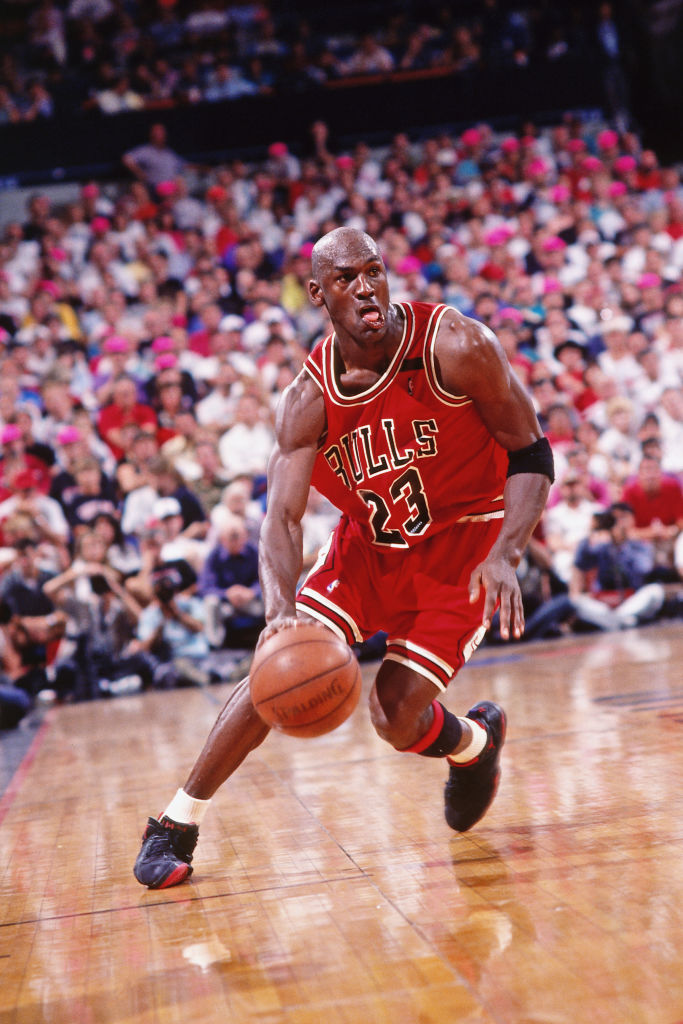 You can find additional information about training, ask a question or share your success in our community on the social network Vkontakte: https://vk.com/uroki_basketbola
You can find additional information about training, ask a question or share your success in our community on the social network Vkontakte: https://vk.com/uroki_basketbola
Maxim Gordienko
A. Ya. Gomelsky about strategy and tactics in basketball
copies of swiss watches
Strategy is the main theoretical direction of the whole team's work, which determines the means and methods of preparation for the main competitions. Four-year plan for preparing the USSR national team for the Olympics in Seoul - team strategy at 1985-1988 The strategy also provides for the management of the team during the competition.
Tactics is a part of the strategy that solves the main tasks of training, taking into account specific capabilities - team resources, characteristics of opponents, competition conditions. All this determines the tactical and combination baggage of the team.
When choosing game tactics (attack), one should proceed, firstly, from the real capabilities of the players, taking into account, first of all, their strengths, for the disclosure of which combinations are built and learned. Secondly, attack tactics are determined by the strength and weakness of a real opponent in a tournament, match.
Secondly, attack tactics are determined by the strength and weakness of a real opponent in a tournament, match.
I usually discuss playing combinations with the players for whom this combination is designed. I know the strengths of my players, but the players themselves know them even better and can make significant adjustments to the combinations I have proposed.
A.Ya. Gomelsky about playing defense
I believe that defense is the main concern of the coach: firstly, because the victory of the team largely depends on its strength, secondly, because the attack starts from defense, like from a stove, in- thirdly, because the players themselves never work on the elements of protection, and finally, because the audience, as a rule, does not see it, even journalists often underestimate it.
The best team cannot win without a solid defense. Team defense is built on the individual characteristics, capabilities and mood of all players. Often in training, and even in competitions, individual players show indifference to defensive actions. It always bothered me and even angered me. Yes, the menial work on defense isn't that spectacular - except for things like block shots, rebounds, interceptions.' And many players are not aggressive on defense, they are resting on defense, trying to prove themselves in attack.
Often in training, and even in competitions, individual players show indifference to defensive actions. It always bothered me and even angered me. Yes, the menial work on defense isn't that spectacular - except for things like block shots, rebounds, interceptions.' And many players are not aggressive on defense, they are resting on defense, trying to prove themselves in attack.
I am sure that without great desire, responsibility, initiative, passion, it is simply impossible to defend today.
If the defender allowed the attacker to receive the ball in the danger zone, he has already lost. And how many cases when the center is allowed to receive the ball in the three-second zone under the shield, without striving to actively fight for an advantageous position.
Often defensive players are in no hurry, they do not concentrate their attention and efforts enough on this part of the game.
I want to emphasize that the psychology of defense is one of the most important concerns of a coach, and often more depends on the focus on defense than on technique and physical condition. Doesn't the ability to intercept the ball and win the rebound depend on the mind and the ability to calculate one's strength? If a player goes to intercept the ball, exposing his rear, and slips past the ball, is this not the result of poor calculation, inability to predict, anticipate the situation, think and act responsibly? All this is the psychology of protection.
Doesn't the ability to intercept the ball and win the rebound depend on the mind and the ability to calculate one's strength? If a player goes to intercept the ball, exposing his rear, and slips past the ball, is this not the result of poor calculation, inability to predict, anticipate the situation, think and act responsibly? All this is the psychology of protection.
I believe that a player who is weak and inept in defense causes more damage to the team than a player who is weak in attack. The definition of "good defense is head and legs", while still valid, is incomplete. Fast, tenacious, active hands that can both hit and intercept the ball, and prevent a throw, pass, kick the ball while dribbling are no less important for a defender
Counterattack
Counterattack is the most spectacular and quick use of all opportunities to achieve result.
Fast play requires high technique. The desire to play at high speeds is commendable and acceptable only if the speed does not exceed the state of the art.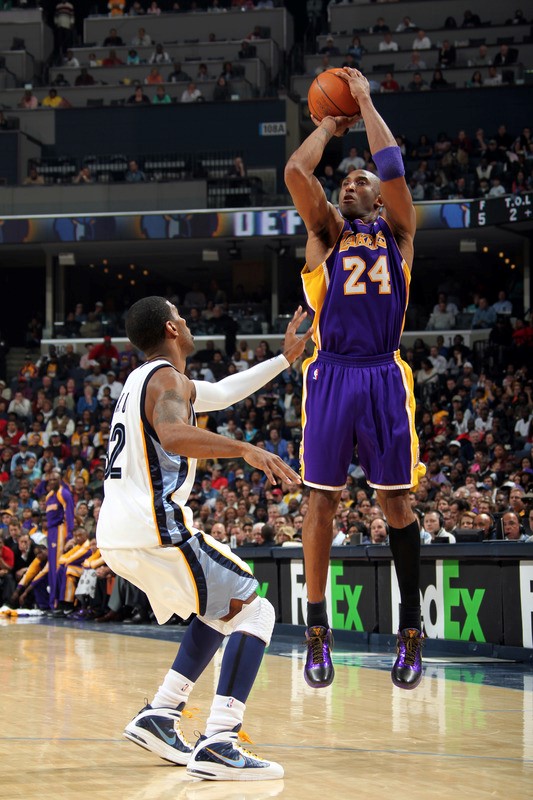 Otherwise, there will be more mistakes, losses of the ball than achievements. Therefore, in an effort to prepare a fast break, it is necessary to train the execution of all technical elements at high speeds, using both active and passive resistance of defenders in situations 1-1, 2-1, 3-2, 4-3, 5--4 and with numerical equality.
Otherwise, there will be more mistakes, losses of the ball than achievements. Therefore, in an effort to prepare a fast break, it is necessary to train the execution of all technical elements at high speeds, using both active and passive resistance of defenders in situations 1-1, 2-1, 3-2, 4-3, 5--4 and with numerical equality.
My idea of a counter-attack is not only to move quickly towards the opponent's backboard, but also to quickly transfer the ball to the opponent's backboard with sharp passes, or, if there is no free recipient to receive the ball, by dribbling the ball, actively moving forward. In the final stage of the fast break, players strive to create a triangle in the front line of attack with the apex on the free throw line. There should be a player with the ball, and two other players - to the left and right of him, 4-5 m ahead.
A counterattack is possible in the following situations:
1) when intercepting the ball;
2) when taking a rebound on his shield;
3) after the opponent has taken free throws;
4) after winning a dropped ball;
5) after the opponent manages to pocket the ball.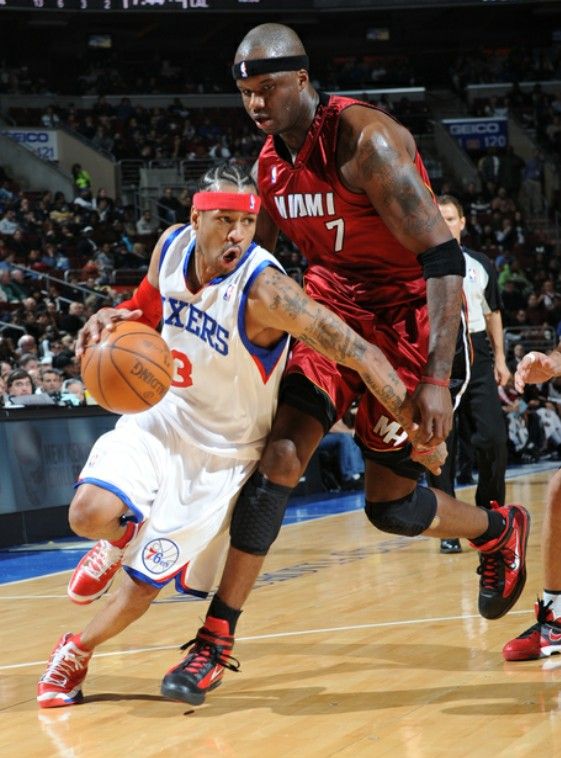
The best outcome of a fast break is taking the opponent's ring with a numerical advantage, when implementing situations in numerical equality: 1-1, 2-2, 3-3, 4-4. This is easier than beating a 5-5 defense that has already built up its defensive formations.
There are three phases in a counterattack that are equally important for success:
1) the beginning of a fast break - rebounding the ball, first pass, movement of the players, their start;
2) the middle stage of the development of the attack - the transition by the players of the middle line of the field, their advancement;
3) completion of the attack - passing the ball at speed and throwing in close proximity to the backboard.
The timing of the "rehearsed fast break" depends on the speed of the players, the ball passes and the finishing shot. The USSR national team spent 5-7 s on a layered fast break. I think that the schemes of her tactical formations will provide great opportunities for the creativity of coaches working with any teams.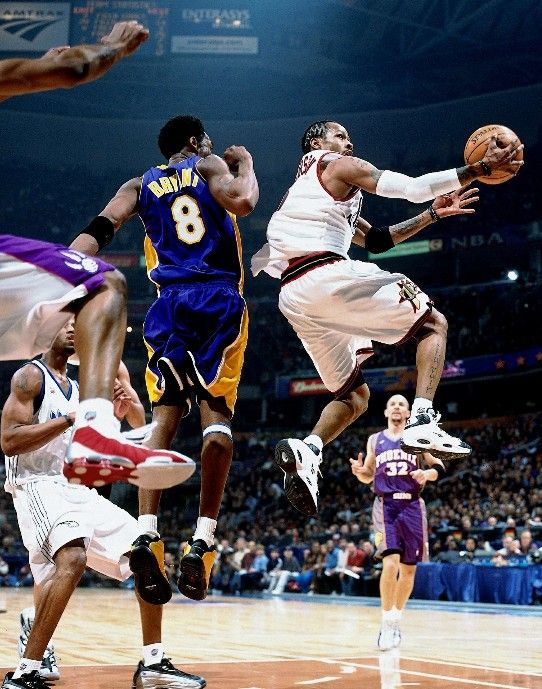
Playing in the USSR national team such powerful and tall centers as A. Sabonis and V. Tkachenko made it possible to carry out a counterattack through one long pass across the entire court.
Center #5, after recovering the ball from the backboard, passes it to runaway #2.
Such an attack was especially successful when building a zone or mixed defense, when one of the defenders or wingers playing in the front line of defense was given the task of running away at the moment of throwing at our ring, in the expectation that the giants would be able to take possession of the ball , bouncing off the shield, and make a long pass across the entire field. Naturally, such a system of counterattack requires special coordination of actions, and its development takes considerable time in the training process.
Development of a quick counter-attack through the middle of the field.
Players #5, #4, #3 are fighting for the ball and, having mastered it, they try to make the first pass to player #2, who passes the ball to player #1.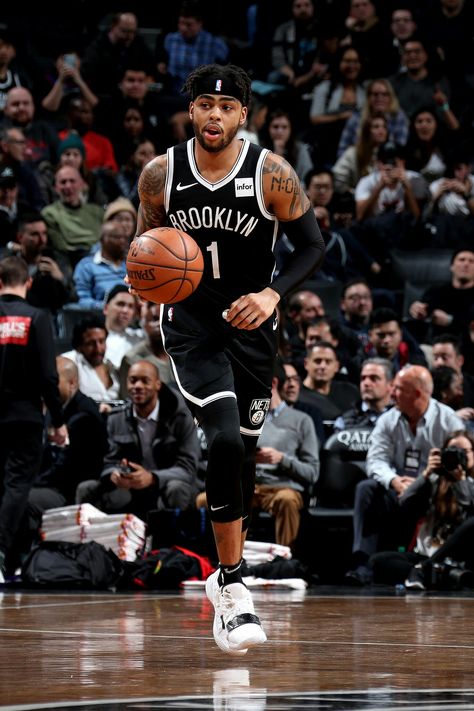 Player #1 rushes forward dribbling through the middle of the court. Players #2 and #3 overtake the dribbler at high speed, form a triangle with #1, and finish the attack with a close range throw if they manage to create a numerical advantage under the opponent's shield.
Player #1 rushes forward dribbling through the middle of the court. Players #2 and #3 overtake the dribbler at high speed, form a triangle with #1, and finish the attack with a close range throw if they manage to create a numerical advantage under the opponent's shield.
If it was not possible to complete the attack in the first echelon, then the second echelon comes into action - center players #4 and #5. They, each on their own side of the court, rush to the opponent's shield. The one on whose side the ball is on ends the attack.
Development of a fast sideline break.
On a rebound from the left side of the backboard, the post makes a quick pass to player #2, who opens to receive the pass to the sideline, just above the free throw line. At the intersection of the sideline with the center, player #1 receives a pass from player #2, then passes it to player #4, who rushes forward on the left side. Player #4 has three possible continuations of the attack: give the ball to player #5 or #3, who is running towards the opponent's backboard in a straight line, or pass to player #2 in the area of the arc.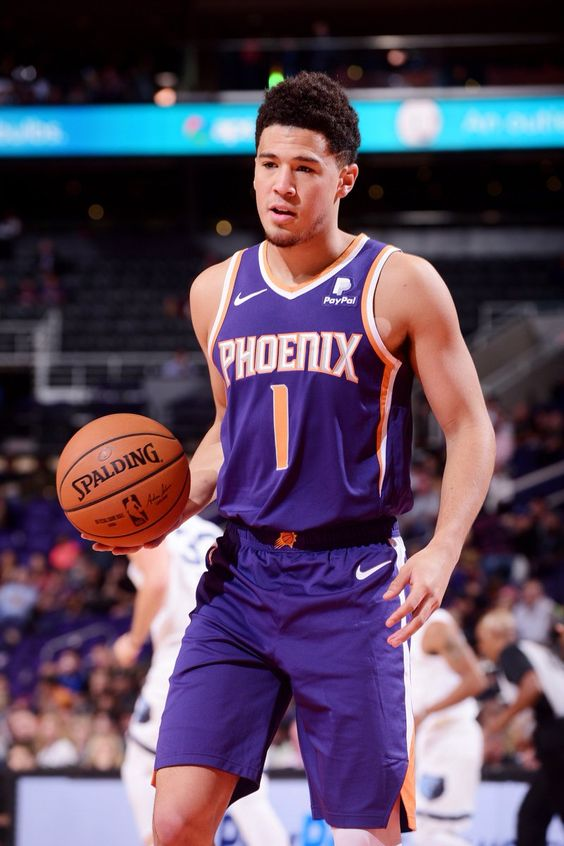 It is clear that the transfer should be made to the most open player, who is in the most advantageous situation.
It is clear that the transfer should be made to the most open player, who is in the most advantageous situation.
A similar situation occurs when attacking on the opposite side.
Development of a fast break after a free throw into our ring.
If player #4 catches a bounce or quickly clears a potted ball from behind the endline, the first pass is to the left sideline to player #1 opening at or slightly above the free throw line. Player #2 opens near the center circle, receives the ball and dribbles forward. Players #5 and #3 pass the dribbler along the touchlines, player #4 overtakes him from the right, and player #2 stays slightly back in the backing position. Thus, player #2 has four options to choose the direction of the attack.
Same procedure as above, but after rebounding a field goal or after the ball is thrown in from behind the end line.
Developing a fast break after a dropped ball in the center circle or on the free-throw line in our half of the field.
Player #5 discounts player #4 who is ready to receive the ball with his hands up. After catching the ball, #4 passes forward to player #1, who opens up to receive that pass after being screened by player #3. Players #2 and #4 support the attack. Such a combination can be played in both directions. At the heart of her success is high growth, good jumping ability and the ability to accurately throw the ball to the partner of the center player.
Same scheme, but now player #4 screens player #2 who, having received the ball from player #3, rushes forward.
The easiest way to complete a counterattack is for the players to take the shortest path to the opponent's shield. However, with the development of a counterattack, options are possible with cross screens
interaction like a trio
setting up screens for the players of the second echelon in the center of the field.
Many teams in the world, including the USSR national team, after they failed to complete the counterattack with a scoring throw, in the transition to a positional attack, spent precious time placing players, thus allowing the enemy to prepare for defensive actions and occupy all defenders advantageous positions. This is why a quick or non-stop attack after a counterattack ("transition game") is increasingly used in the tactics of the best teams in the world. I will give an example of such an attack in the USSR national team.
This is why a quick or non-stop attack after a counterattack ("transition game") is increasingly used in the tactics of the best teams in the world. I will give an example of such an attack in the USSR national team.
The fast break was not completed by the players of the first attack tier #2 and #3, nor the second tier #4 and #5. They, each on their own side, set up screens for fielders #3 and #2 for a shot from medium or long distance, and then go to the backboard to receive the ball in the three-second zone on the spot or to fight on the backboard, after a throw from one of the players # 2 or #3. Options for a non-stop attack can be very different. This could be a double or triple screen for the team's sniper, or a winger or post entering the 3-second zone after receiving the screen. It all depends on the characteristics and capabilities of the player for whom the combination is being made.
Double screen to Marciulionis (#2) to attack with his left hand from the free throw area.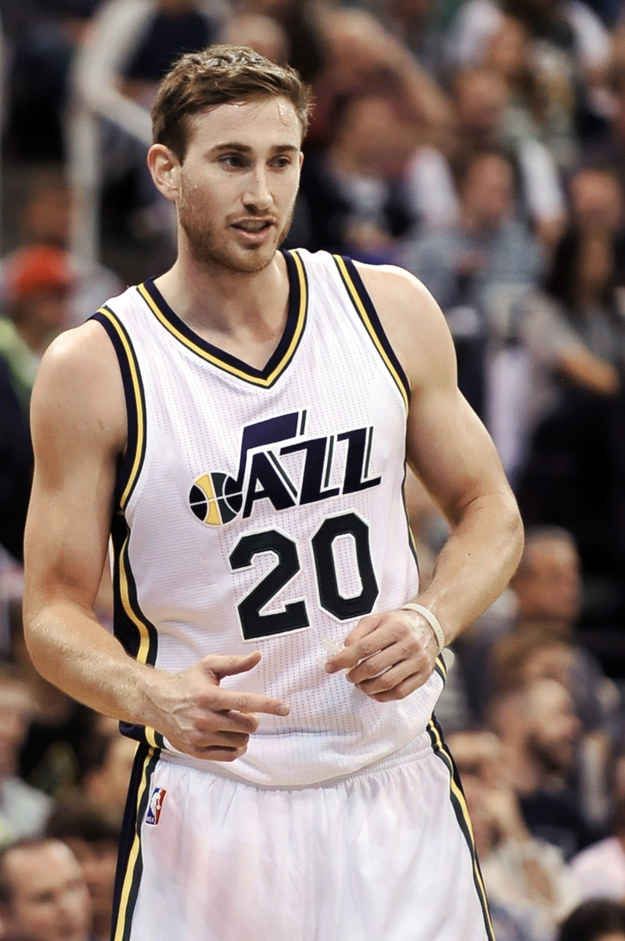
Players #4 (Volkov) and #3 (Tikhonenko) simultaneously put up two screens for player #2 (Marciulenis). #2 breaks into the free throw line, where he receives the ball from player #1 (Sokka). "Marciulionis has opportunities to continue the attack:
a) receiving the ball in motion and passing under the backboard;
b) receiving the ball with a stop and shooting on
c) passing the ball to player #5 (Sabonis) in case there is a switch of defenders.
Players #4 and #2 after screening go under the backboard to fight for the rebound.
Mixed defense
There are several systems of mixed defense:
1. Four players build a zone defense 2-2
or 1-2-1
, and one defender personally marks the strongest offensive sniper or center, depending on capabilities and tactics of the opponent.
2. Three players build a 2-1 zone defense and two guard the enemy's strongest snipers.
3. One player completes the zone formation while four players cover the opponents personally.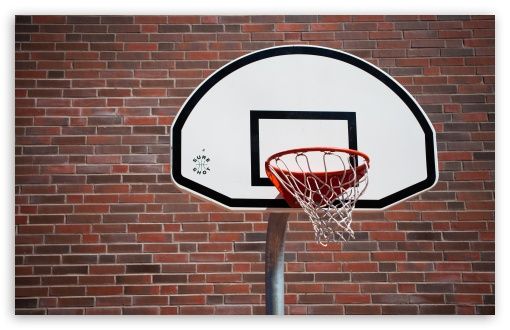
4. Two players form a zone defense and three players act as an individual defense.
Mixed defense brought good luck to the USSR national team and the CSKA team more than once. The choice of defense has always been determined by the characteristics of the opponent and our capabilities.
In the final of the Olympic tournament in Seoul against the team of Yugoslavia, we used a mixed defense 1-4.
Sabonis played a zone defense, the rest of the players closely guarded their opponents. This was due to the presence of Vrankovic or Raja in the Yugoslav team, who are not very dangerous away from the shield, and the fact that Petrovich, Paspal, Kukoch posed a big threat. The players who guarded the leaders of the Yugoslav team could, with a greater degree of risk, fight with their opponents to get the ball. They knew that Sabonis would help them if they were beaten.
A similar defense was chosen in the semi-final tournament in Seoul against the US team.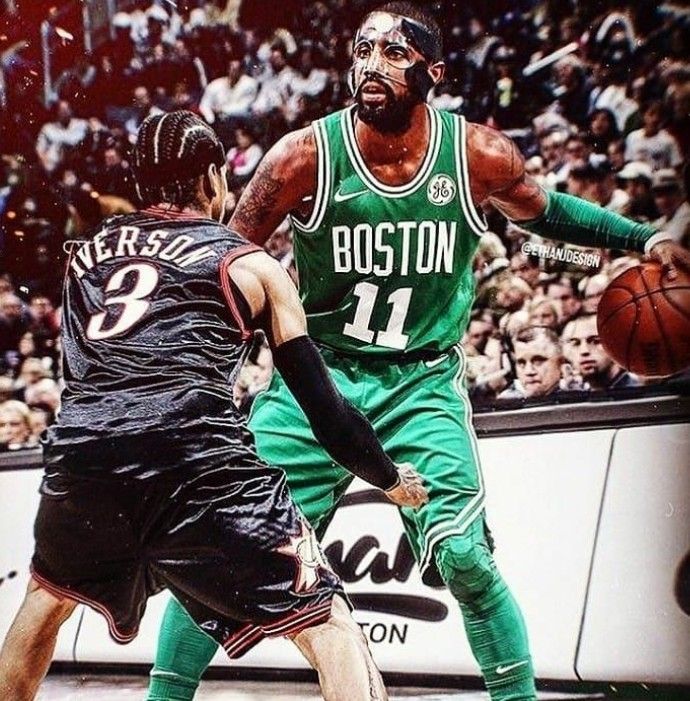 Sabonis did a zone defense and let Robinson or Reed or Maning shoot from wide. But the rest of the US players were completely covered, and a player like Maning did not bring a single point to the team. As a result, the USSR national team won 82:76. And Sabonis, who participated in the Olympics after a serious injury, two operations, took first place in the selection of balls from shields and made a great contribution to the victory of the USSR team.
Sabonis did a zone defense and let Robinson or Reed or Maning shoot from wide. But the rest of the US players were completely covered, and a player like Maning did not bring a single point to the team. As a result, the USSR national team won 82:76. And Sabonis, who participated in the Olympics after a serious injury, two operations, took first place in the selection of balls from shields and made a great contribution to the victory of the USSR team.
Sometimes, with two centers Sabonis - Tkachenko, we built a mixed, personally set defense 3-2. Two giants and one mobile defender played well in the zone. In the early 70s, it was Eremin, then Valters, and at the Olympics and the pre-Olympic tournament Sokk performed this function, and Belostenny and Volkov played instead of Sabonis and Tkachenko in Holland.
At the Seoul Olympics, we used such a defense (3 in the zone, 2 in person) against the Brazilian team.
Sabonis, Volkov and Sokk built a triangle on top of which Sabonis and Volkov played. Tikhonenko took care of So-uzu personally, and Marciulionis took care of Schmidt, and although these two players scored 65 points together, the match turned out to be very difficult for us, but we still won 110:105. The mistake in the choice of defense was that Schmidt outplayed the smaller Marciulionis in different positions, and Souza outplayed the slower Tikhonenko. In the last 10 minutes of the match, Volkov was attached to Schmidt, Marciulionis switched to Souza, and we changed Tikhonenko to Goborov in zone defense.
Tikhonenko took care of So-uzu personally, and Marciulionis took care of Schmidt, and although these two players scored 65 points together, the match turned out to be very difficult for us, but we still won 110:105. The mistake in the choice of defense was that Schmidt outplayed the smaller Marciulionis in different positions, and Souza outplayed the slower Tikhonenko. In the last 10 minutes of the match, Volkov was attached to Schmidt, Marciulionis switched to Souza, and we changed Tikhonenko to Goborov in zone defense.
Benefits of mixed defense
allows you to fight with him to get the ball, while expecting the active help of teammates, without fear of a throw.
2. Such a system, if the opponent is not prepared for it, tactically introduces confusion and makes it difficult to carry out combinations of screens.
3. Combines the best aspects of individual and zone protection systems.
4. Promotes a quick transition from defense to counterattack.
5.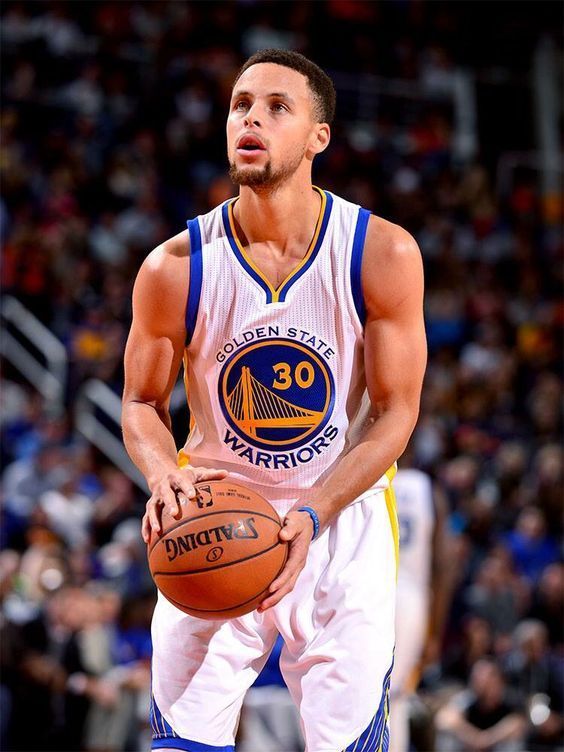 Gives players the opportunity to use their strengths in defense and not show weaknesses.
Gives players the opportunity to use their strengths in defense and not show weaknesses.
6. Can take the point guard out of the game and deprive the opponent of the usual formation and rhythm, destroy the counterattack if applied pressure throughout the field.
Weakness of the mixed defense
1. A technically competent team that has several leaders easily rebuilds the offense and breaks the mixed defense.
2. Simultaneous movements of two or three players diagonally can destroy a mixed defense if the opponent manages to create a numerical advantage on one of the sides of the field.
3. Often vulnerable to medium throws from 3-4m.
4. Requires special lengthy preparation, coordinated actions, high teamwork of the whole team for rebuilding and interchangeability in positions.
5. If one of the five players did not have time to reorganize or did not cope with his duties, then the whole idea of such a defense breaks down.
A.

Ya. Gomel. Pressing defense
Pressing is the most active type of defense, constant pressure on the opponent. It can be personal or zone, it can start from the moment the opponent throws it: all over the court, on 3/4 of it, in their own half, i.e. on 1/2 site.
The goal of defense by pressing is not only psychological pressure on the opponent, but also the desire to break the opponent's established game, break his habitual connections between defense and attack, his combinations, make inaccurate passes of the ball, hasty - throws. It is impossible to apply pressure without mastering enough methods of individual protection. This form of defense requires high physical condition, good reserve and teamwork of all players and team units.
Pressing is used both as a system of play for long periods of time, and as a forced measure: when losing in a score to increase the pace or when waiting for pressure from an opponent.
By pressing, we try to take the ball away from the opponent - we force him to make false, inaccurate passes that are easily intercepted.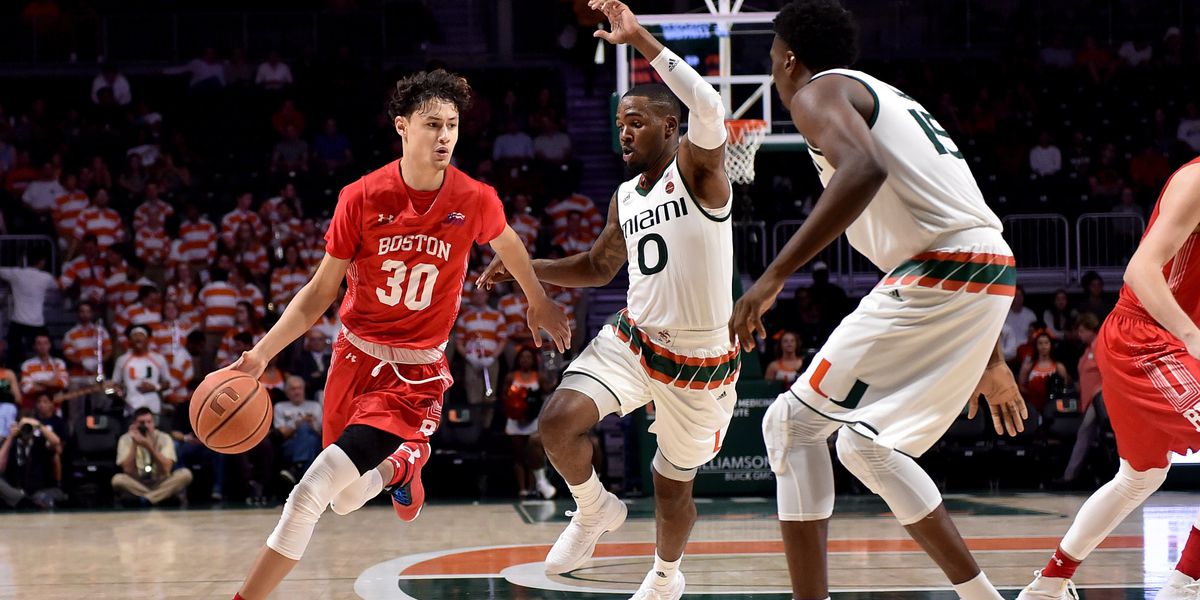 Often, the opponents of the front line of pressing, having missed the opponents, do not pursue them, but watch the development of further events - this is a gross mistake. It is necessary to chase the player with the ball, trying to knock the ball from him from behind, stepping on his heels. Thus, you force the opponent to rush, worry, make mistakes.
Often, the opponents of the front line of pressing, having missed the opponents, do not pursue them, but watch the development of further events - this is a gross mistake. It is necessary to chase the player with the ball, trying to knock the ball from him from behind, stepping on his heels. Thus, you force the opponent to rush, worry, make mistakes.
If in zone or personal pressing you are left without a player and do not help a friend, you make a miscalculation. If one of the five pressers is not active, the work of the entire team goes down the drain. Pressing is primarily an active defense of the team.
In modern basketball, many coaches tend to believe that personal pressing is less effective, difficult, leads to a large number of personal violations and is inferior in usefulness to zone pressing systems. I also believe that a strong, technical player with good dribbling is able to cope with personal pressure.
In addition, with a stretched defense, it would be incredibly difficult to keep such players as Marciulionis, Volkov, Kurtinaitis, Petrovich, Schmidt, Kukach, Paspal, Rivier, Gallis one on one. I'm not talking about NBA players. But although zone pressing has become more popular, it is impossible to do without the ability to play personal pressing. Therefore, it is necessary to train defense daily 1-1, 2-2, 3-3, 4-4 all over the court, with and without the ball, with and without dribbling, with and without screens, first at a walk, then at high speed.
I'm not talking about NBA players. But although zone pressing has become more popular, it is impossible to do without the ability to play personal pressing. Therefore, it is necessary to train defense daily 1-1, 2-2, 3-3, 4-4 all over the court, with and without the ball, with and without dribbling, with and without screens, first at a walk, then at high speed.
Exercises are useful in which the number of defenders prevails over the number of attackers. These exercises promote the interaction of the defenders, instill the skills of tackling the ball. They are also good for attacking players. When training personal pressing, due attention should be paid to the rapid movements of players in an active stance, in different directions, with a skillful change in the positions of players. Defenders of the first line of defense seek to push their attackers to the sidelines and prevent the attacker from getting around him with the ball and without the ball.
If one of the defenders managed to stop the attacker with the ball at the touchline at the intersection with the penalty or center line, the defensive partner must come to the aid of a friend: together they force him to make a cross pass, which the other three players are ready to intercept.
The initial stage of personal pressing is carried out by two fundamentally different tactical constructions:
1. The opponent who introduces the ball into the game holds a high mobile edge and with an active movement of the hands prevents him from making an aimed pass.
2. No one guards the opponent who puts the ball into play, but two pressers prevent the most dangerous dribbler from getting the ball.
For example, Volkov secured Sokk and Marciulionis from behind when passing to player 5. make him stop and do not let him make an accurate pass, interfering with his hand movements;
2) if the defending partner allowed himself to be bypassed, immediately come to his aid, of course, without leaving your ward in a safe position under the shield;
3) constantly watch not only your ward, watch the actions of partners, learn to see the whole field.
In the USSR national team and CSKA, zone pressing 1-2-1 - 1 brought us the most success.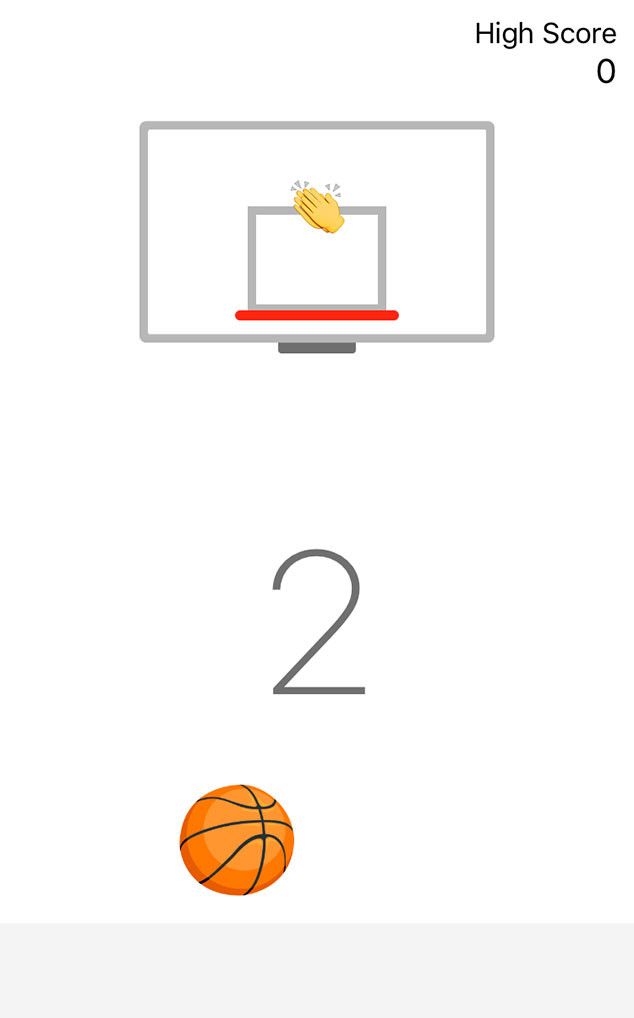 We started pressing from the opponent's front line after a goal and a free kick. High extreme Volkov interfered with the throw-in. If the ball was injected to the right, Marciulionis and Volkov attacked X2 defender together, trying to prevent him from going forward and make an aimed pass to XI defender, Sokk followed the movement of X3 and X4. Sabonis secured the rear, was responsible for long passes and for the X5 player. Tikhonenko in the center of the field followed X4's pass with a long pass and went to the ball passing side.
We started pressing from the opponent's front line after a goal and a free kick. High extreme Volkov interfered with the throw-in. If the ball was injected to the right, Marciulionis and Volkov attacked X2 defender together, trying to prevent him from going forward and make an aimed pass to XI defender, Sokk followed the movement of X3 and X4. Sabonis secured the rear, was responsible for long passes and for the X5 player. Tikhonenko in the center of the field followed X4's pass with a long pass and went to the ball passing side.
Returning with a weak attack, we built a defense 2-3
Zone defense in basketball
The meaning of this defense is that the players are in charge of a certain area of the field, in accordance with the position of the ball and the formation of the attacking team.
Benefits of zone defense:
1. Allows players to be placed according to their physical, technical and mental characteristics.
Tall, jumpy players are located close to the backboard, mobile, fast players are in positions higher from the backboard.
2. More commanding, easy to master, able to compensate for the individual gaps in the defense of the players.
3. Promotes counter-attacking and frequent interceptions of the ball with the greatest possible degree of risk, because. Partners are always ready to help.
4. The number of fouls in a zone defense is usually less than in a personal defense.
5. This defense is less vulnerable against screen combinations.
6. Can concentrate with strong opponent centers and stretch with snipers.
7. More than personal protection, it saves players' strength and protects leaders from fouls.
8. Most effective against opponents with strong centers.
9. A team that owns a zone defense can easily build mixed forms of defense: 3-2, 4-1, 2-3.
10. Convenient and suitable for small fields.
Disadvantages of zone defense:
1. Inferior to the personal psychological responsibility of the players, their charge for individual victory in defense.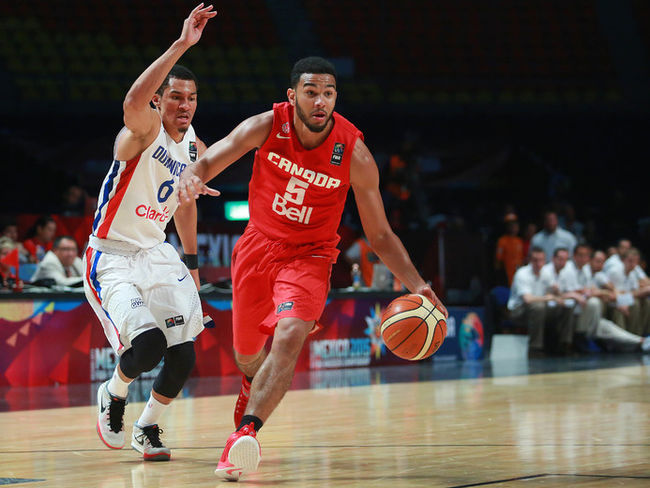
2. Less useful against teams with strong snipers.
3. As a rule, the corners of the court are less protected in zone defense.
4. Zone defense may be used occasionally and should not be the main form of defense. It is not advisable to use zone defense at the beginning of the match, when the opponent's players are not yet tired, energetic enough - their throws are more accurate and productive than at the end of the game.
There are several formations of the zone defense, however, each of the zone defenses should easily transform depending on the attack - stretch when attacking from a distance and group around the ring.
Even type of zone defense formations includes systems: 2-2-1, 2-1-2, 2-3.
Odd formation: 1-2-2, 1-3-1, 3-2.
Each of these constructions has its advantages and disadvantages, which are useful to analyze.
The arrows indicate the direction of movement of the players. The shaded places on the court are the weak positions of the defense.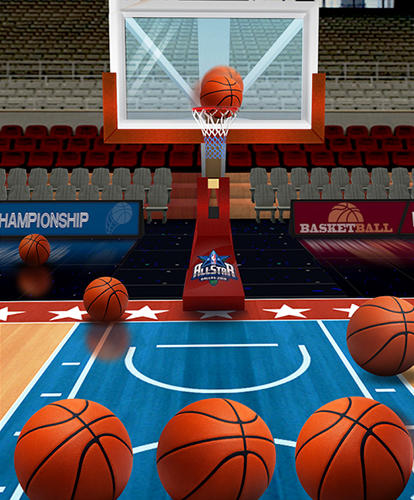
Zone defense 1-2-2
#1 - the lightest, fastest defender, #2 and #3 - quite mobile, jumpy, good if their height is at least 2 m. #4 and #5 - centers. Their task is to fight with the opponent's centers, picking up balls from the shield.
This system is most useful against teams trying to attack from under the shield through the post. Disadvantages - weak positions indicated in the figure.
Zone defense 2-1-2
It is used against strong opponent's centers who are dangerous on the "second floor" when rebounding the ball. Good for developing a counterattack with fast #1 and #2 players. Vulnerable in corners under 45, in the center for long and medium throws. The task of post #5 is to mark the opponents' post and, together with ?3 and ?4, create a rebounding triangle. #3 and #4 are mobile and high wingers, they can be swapped depending on the place of the sniper's attack.
Zone Defense 1-3-1
Helps to keep #3, #5, #2 between the ball and the basket at all times, used against opponent's strong centers and shots from middle and close positions.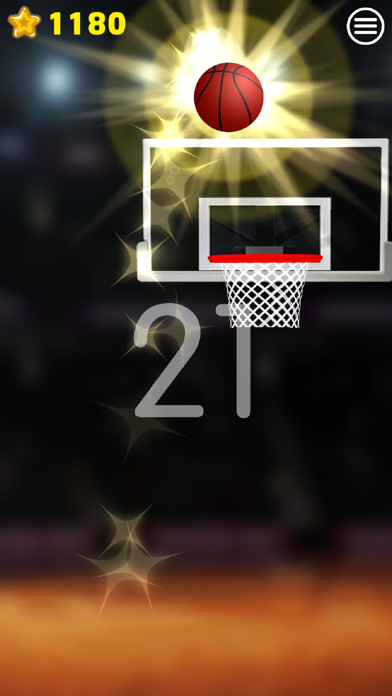 Her weakness is throws from the corners of the site and passes to the shield along the front line.
Her weakness is throws from the corners of the site and passes to the shield along the front line.
#1 - the fastest defender, running into the gap in every possible situation, #2 and #3 - mobile, jumping players, #5 - center, #4 - the fastest winger, able to move into the corners of the court.
Zone Defense 3-2
#1, #2 and #3 are aggressive, mobile players, the success of the whole system largely depends on their activity. All three are focused on intercepting the ball and counterattacking. This system is most acceptable against teams seeking to attack from a distance, and less suitable against strong centers. The 3 second zone and 45 angle positions are the most vulnerable. #1 is in charge of the foul line. #2 and #3 are in a rebound fight. #5 and #4 are the first and second centers.
Zone protection 2-3
Strongest under the backboard, in the corners of the court along the front line. It is used against a tall, powerful team attacking from close positions and from under the shield. Often used for group selection of the ball in the corners of the site. When interacting #4 and #2 or #3 and #1, the defense is less effective on the foul line and at a 45 angle. #5 - center, #4 - second center, #3 - winger, #1 and #2 - defenders, constantly aimed at interception and counterattack.
Often used for group selection of the ball in the corners of the site. When interacting #4 and #2 or #3 and #1, the defense is less effective on the foul line and at a 45 angle. #5 - center, #4 - second center, #3 - winger, #1 and #2 - defenders, constantly aimed at interception and counterattack.
Zone protection 2-2-1
This defense is used by agile and short teams aiming to intercept the ball and constantly counterattack. This zone counterattack is used against teams seeking to attack from medium distances. Center #5 is responsible for rebounding, wingers #3 and #4 are responsible for positions in corners and under 45 , rebounding the ball and for the foul line.
Defenders #1 and #2 tend to close the passes to the shield and into the three-second zone, while they themselves are constantly aimed at counterattacking.
A.Ya. GomelskyDefense against ball carrier
It is necessary to work out the correct position of the body in a basketball stance: the center of gravity is evenly distributed on both legs, but not on a full foot, but on toes, with a "charged" (ready for any movement) foot, knees slightly bent, legs slightly wider than shoulders .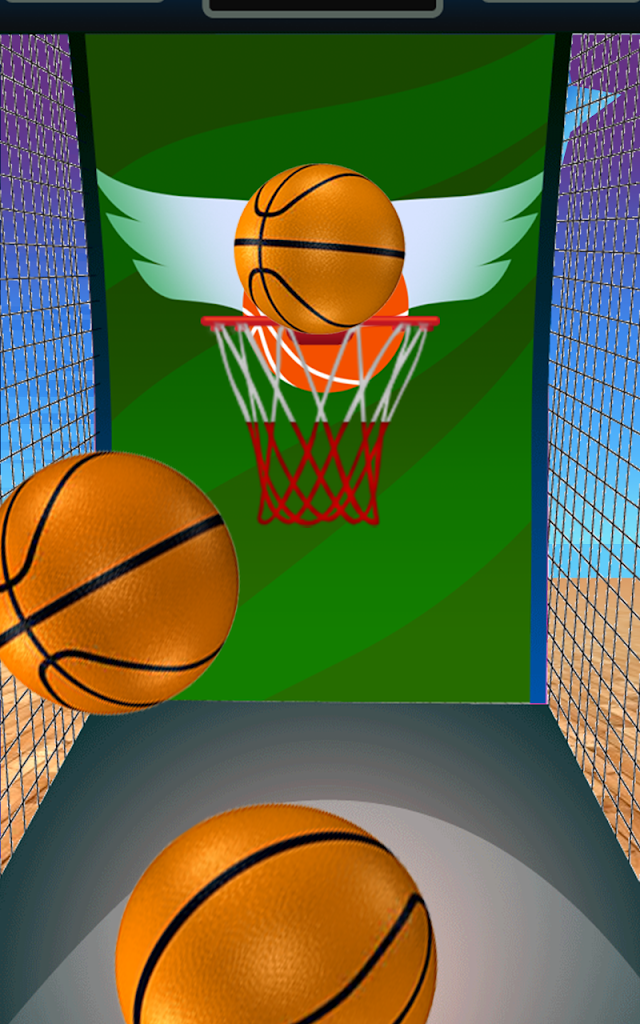 Boxing stance - like the great Michael Jordan.
Boxing stance - like the great Michael Jordan.
If the opponent is in possession of the ball, one arm of the defender must be directed at the ball and constantly attack the opponent, preventing him from aiming or throwing (best if it touches the attacker), and the second arm slightly pulled back. Many defenders, being between the player with the ball and the basket, even in the correct stance, do not actively use their hands, do not make an offensive movement towards the attacker, which allows the opponent to calmly take further actions. At the same time, it must be remembered that you cannot cross your legs, that the distance between the defender and the opponent must be calculated so that the opponent can pass with a dribbling to the ring.
Contact defense against the ball carrier, although difficult and somewhat risky, is modern and has its advantages. If your arm extended to the opponent reaches his chest, then by doing so you prevent the attacker from lifting the ball up for a throw.
The defender's movements should be practiced regularly:
a) in each training session - with and without resistance;
b) with one or two balls;
c) with side steps, touching the body with the hand closest to the attacker.
The defender's actions in different situations can be divided into 12 positions:
1. Defense against a dribbler driving the ball to your ring.
2. Defending against a player who has finished the dribble and is looking to either shoot or pass.
3. Defense against an attacker 5-6 m from the backboard, but not using the dribble.
4. Actions of defenders in numerical minority.
5. Actions of two defenders against three forwards.
6. Actions of three defenders against four forwards.
7. Actions of defenders during screenings.
8. Rear screen protection.
9. Slip protection.
10. Group tackle of the ball by two defenders.
11. Defense against the first pass to the counterattack.
12. Fighting the attacker in the corners of the court.
Let's try to analyze the defender's actions in each of these positions.
1. Defender's task - in a parallel low stance, without crossing the legs, move backwards, knees slightly bent, one hand all the time makes attacking movements towards the dribbler (feints with the body and head participate in this frightening dribbler movement), with the other hand he tries to stop the dribble (if possible, knock the ball out). The raised hand is ready to prevent the presenter from making the pass. Hands can be changed, they are always in motion.
As already mentioned, one should move on a "charged" foot, the heels do not touch the floor, the back is straight, slightly tilted forward, the head is raised up.
The leader should be pushed to the sideline, in the corner of the court, or his movement should be directed towards the defensive partner, remembering that the leader must not be allowed to go to the "strong" side (if left-handed - to the left, if right-handed - to the right).
The distance from the leader should be maintained depending on the speed of his rushing with the ball, his ability to attack or pass, as well as your ability, taking into account the position on the field of defensive partners. Do not rush to take the ball away from a good dribbler, wait for him to stop or make a mistake.
2. If the attacker has finished dribbling and has stopped to shoot or pass the ball, the defender must definitely get close to him, actively using his arms, preventing him from concentrating on the next action. The hand closest to the opponent must touch the fingers of his chest or stomach and not allow him to lift the ball up to attack the ring or pass. The defender seeks to force the opponent to turn his back to the shield and, without stopping attacking the attacker, prevents him from making an aimed pass. The defender must signal to his defensive partners to be ready to intercept the ball. These are already team actions.
3. If the opponent has received the ball 5-6 m from the backboard and he is in possession of the dribble, the defender must not stop actively attacking the attacker; make short lunges with your front foot, use your hands to prevent him from aiming. The attacker cannot be missed to the shield along the front line, if he moves slightly towards it, none of the partners will help the defender. The hand close to the end line insures the passage with the lead, the other one attacks the attacker.
The attacker cannot be missed to the shield along the front line, if he moves slightly towards it, none of the partners will help the defender. The hand close to the end line insures the passage with the lead, the other one attacks the attacker.
Do not give in to feints. If the attacker went to the end line where the defender took up position, you can meet him with his chest and show the referees that he knocked you down. Don't be afraid and learn to fall gently on your back.
If the attacker, despite the activity of the defender, lifted the ball for a throw, you should try to jump with him and prevent the throw. Do not stop working even when the opponent has already made a throw or pass. Do not turn away from him and block his path to the shield. When you take a step back, meet him with your face, and do not try to run after him. You should always be in these moments between the opponent and your shield.
4. If the defender is alone against two attackers, he tries to prevent the ball from being thrown from under the backboard and retreats with his back to his ring so that he can see both attackers. With false movements, he tries to stop the player with the ball and prevent him from making a pass to the opponent under the ring or in time for him in order to block the throw from a distance. Not allowing the ball to be thrown from under the shield, the defender will fulfill his mission.
With false movements, he tries to stop the player with the ball and prevent him from making a pass to the opponent under the ring or in time for him in order to block the throw from a distance. Not allowing the ball to be thrown from under the shield, the defender will fulfill his mission.
2x1 training on the spot and on the move develops reaction in defenders, teaches active arm movement, backward movement, composure and ability to intercept the ball.
5. Two defenders against three forwards - a common situation in any match, so the defenders, regardless of their position, being in the minority, must know their maneuver.
The front defender moves towards the dribbler to stop him at the top of the three-point offensive zone. He uses a feint, showing that making contact with this attacker is his main real task. At the same time, he should not get close to the opponent leading the ball. The rear defensive player takes a position on the free throw line, behind the front one and, after the pass from the dribbler, moves towards the player who received the ball - he is responsible for passing this player to the backboard or throwing from close range.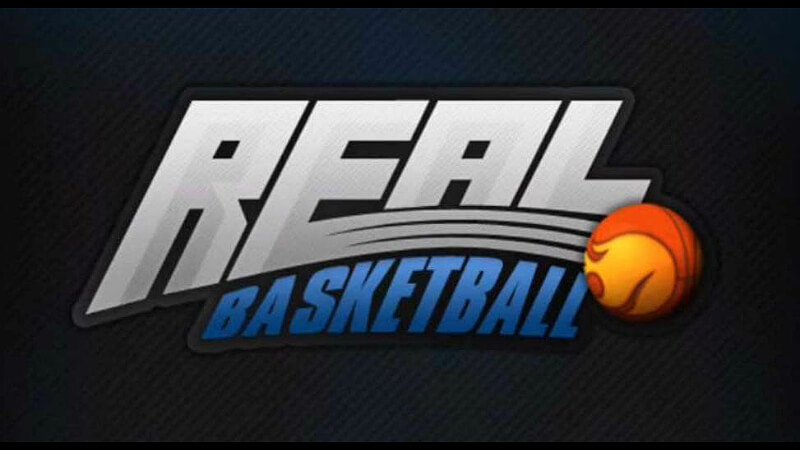 The front defender, meanwhile, quickly moves to the third striker under the shield, managing to prevent him from getting the ball. The task of the two defenders is to prevent the ball from being thrown from under the shield. Exercises 3x2, 4x3, 5x4 are a good school for practicing such actions. You can train them by attacking with two balls.
The front defender, meanwhile, quickly moves to the third striker under the shield, managing to prevent him from getting the ball. The task of the two defenders is to prevent the ball from being thrown from under the shield. Exercises 3x2, 4x3, 5x4 are a good school for practicing such actions. You can train them by attacking with two balls.
6. If three defenders are defending against four attackers, their actions are built as follows. If attacker XI has the ball, defender ?1 rushes towards him, defender ?2 is responsible for throwing and moving to attacker XZ's shield, defender ?3 moves to the shield. If attacker X2 receives the ball, defender ?1 tends to it. Defender ?3 is responsible for attacker X4, defender ?2 moves to the basket.
A 4x3 drill on the spot and on the move, with rebounding the ball after a throw, with one and two balls - a good rehearsal for a defense of three against four.
7. Today, not a single even very serious team imagines an attack without a combination of screens.
Coordination of actions of the team's defenders, warning about the impending screen determine the preparation of the team to fight the screens.
The guard guarding the screening player must warn his partner of the imminent threat. If the screen without the ball is made by attackers of the same height, there is no great danger of changing the defenders.
If the defenders want to avoid changing when screening from the side, the defender must turn towards the defender and step back, bypassing him from behind, which will not allow the attacker to pass to the backboard.
If the attacker screens from the blind side, from behind, the defender must open towards the defensive partner, turning sideways to him. This will make it difficult to set up a barrier.
8. If your partner puts a screen on the sniper when attacking from medium or long distances behind the defender and you did not have time to get out from under such a screen, a change is necessary: your partner switches to the sniper with his hand raised and prevents him from making a throw. You are left with a dangerous, taller opponent, and your task is to prevent him from getting the ball or picking up the ball after the throw.
You are left with a dangerous, taller opponent, and your task is to prevent him from getting the ball or picking up the ball after the throw.
It is difficult to do without the help of partners in this situation. In general, I am a supporter of the smallest shift with screens, because. this reduces individual responsibility and gives the attacker a chance to beat the defender.
9. If your player, while in possession of the ball, seeks to pass to a teammate who is close to him, you must step back and allow your defensive partner to slip, and then take an active position towards your attacker.
10. The defensive player should always try to get the dribbler to the touchline, into the corner of the court, stop him and turn his back to the backboard.
The second defender, seeing this situation, attacks the opponent with the ball from the other side. Both of them with active hand movements interfere with making an aimed pass. It is important that the rest of the defense players are ready, focused on intercepting the ball.
11. The USSR national team used the defense against the first pass in a fast break more than once against opponents who counterattack through a fast dribbler, sending him the first pass after picking up the ball from the backboard. So we often defended against the Spanish national team, where the ?1 dribbler was Carbolan or Salosobal.
Our team's tall center, who plays close to the backboard, whether it's Tkachenko, Sabonis or Belostenny, prevents the dribbler from making an accurate first pass. At the same time, our fast defender, for example, Homichujus, presses ?1 opponent and does not allow him to receive the ball. The other three of our players were to immediately return to their zone.
So often the counterattack of the Spanish national team failed, in which the Spaniards were especially dangerous and productive.
I must say that there are some significant differences between the game of our and American defenders. According to my conclusions, they are:
1.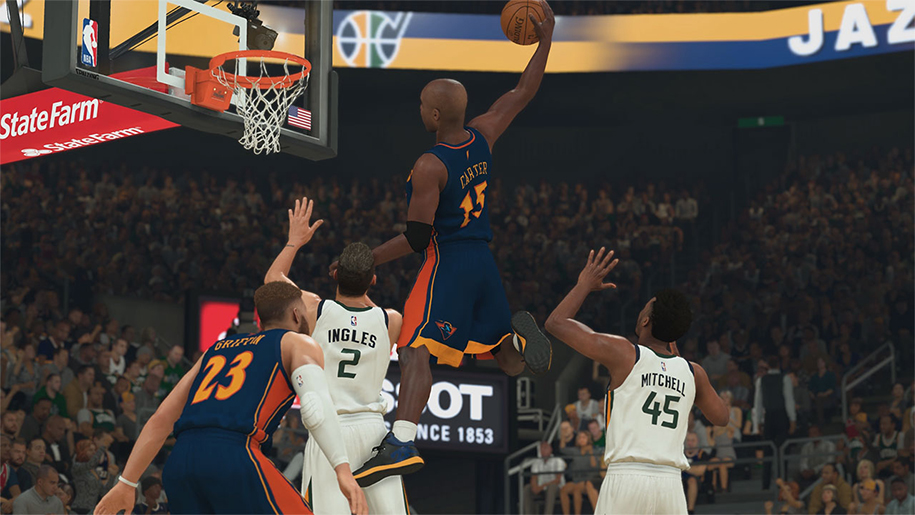 Americans on the defensive are always offensive, they are not afraid of a contact attack on the attacker in possession of the ball.
Americans on the defensive are always offensive, they are not afraid of a contact attack on the attacker in possession of the ball.
In a low stance with arms raised, the US defender seeks to hit the ball, prevent a pass from being made, not to mention a shot. If the attacker lifts the ball up, the defender immediately reacts to this: his hand rises up and seeks to interfere with any actions of the attacker. The attacker put the ball down - the defender immediately takes two quick steps back, preparing to prevent the opponent's pass without losing his defensive stance.
2. When active, the American defender never allows the attacker to pass with the ball through the center, into the middle, but constantly pushes him to the sideline. When an attacker is missed on the front line, teammates immediately come to the aid of the defender. Our tactic is, on the contrary, to close the baseline, where, as we believe, it is more difficult to provide team assistance. I think it's best to find a compromise here: train the safety net both in the middle of the three-second zone and when passing on the front.